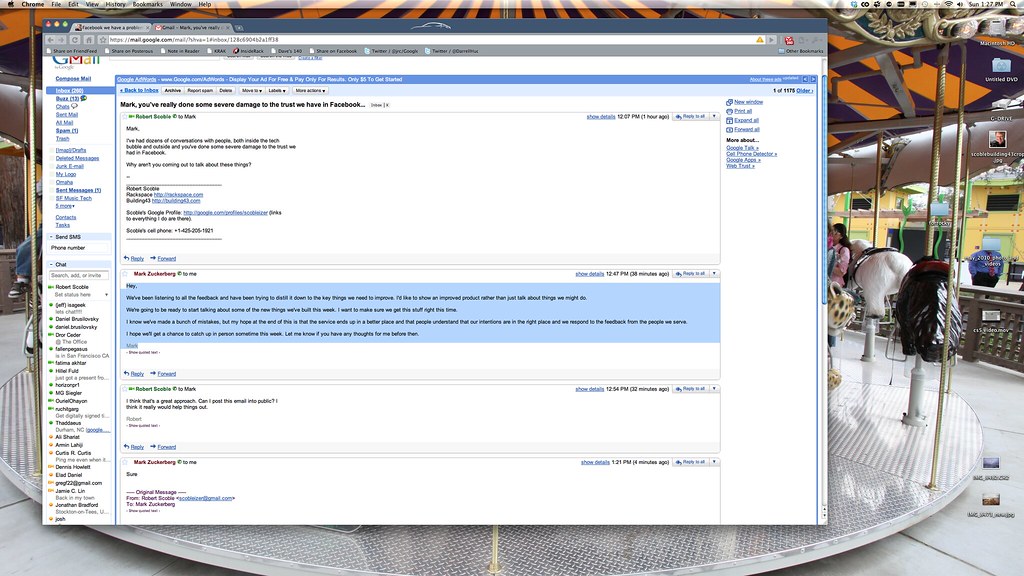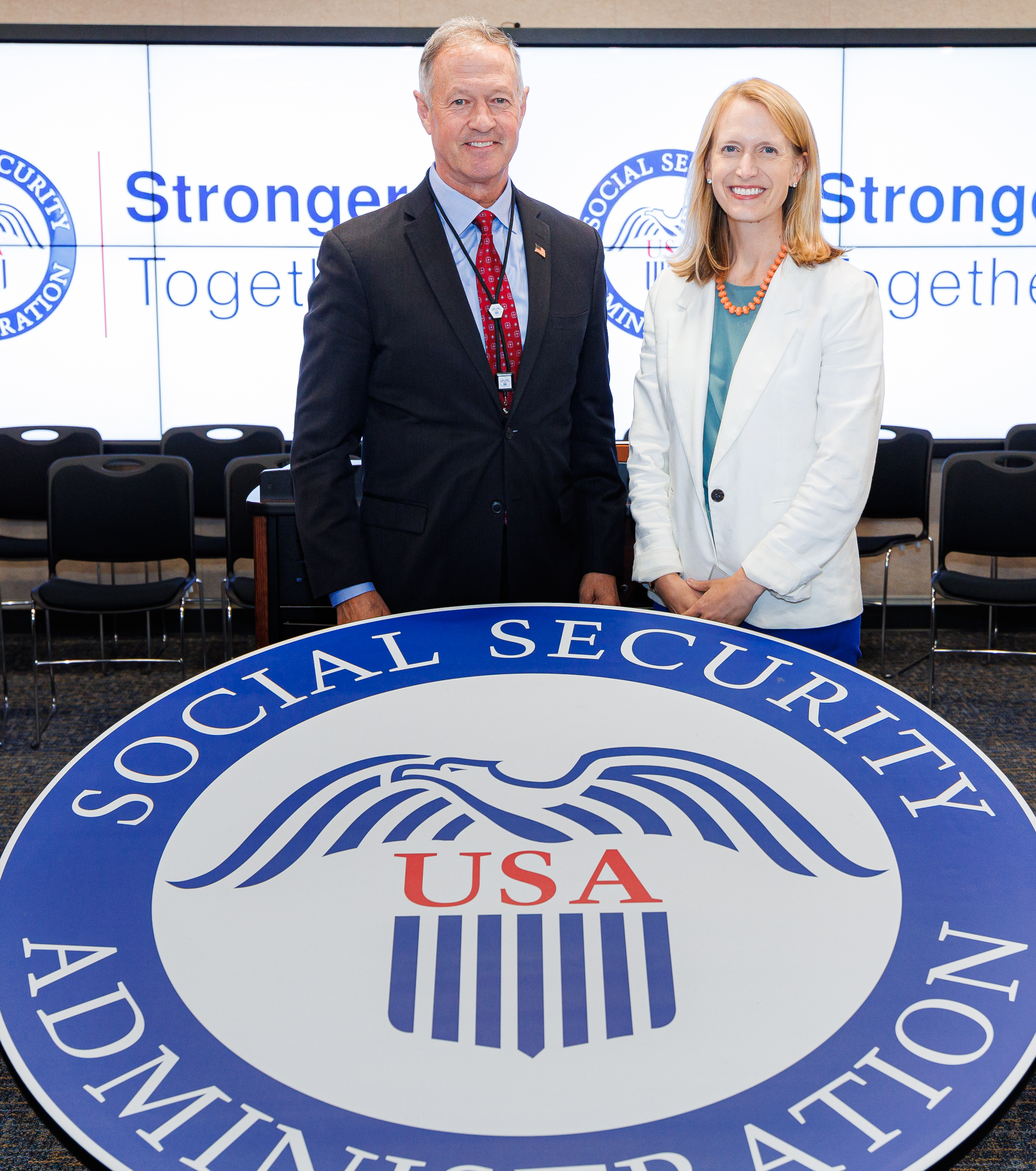
A significant legislative package, dubbed the “One Big Beautiful Bill” by President Donald Trump, has officially become law, signed on the symbolic date of July 4. The passage of this sweeping legislation marks a major victory for the Trump administration and Republican leadership, enacted after a contentious journey through both chambers of Congress. While proponents hail it as a necessary step for tax relief and economic growth, the bill has also sparked considerable debate and raised questions about its precise impacts on various facets of American life and the national finances.
Among the immediate points of discussion following the bill’s passage was communication from the Social Security Administration. Millions of Social Security beneficiaries reportedly received an email suggesting dramatic changes to the taxation of their benefits. This message aimed to convey the effects of the newly enacted law, but subsequently became a source of confusion and criticism regarding its accuracy and tone.
Understanding the specifics of this new law, particularly concerning areas like Social Security taxation and other individual financial impacts, requires a careful examination beyond initial communications. The details reveal a complex interplay of temporary provisions, targeted deductions, and potential long-term consequences that warrant close attention from those affected and the public at large. This section delves into the nuances of the SSA email controversy and the bill’s actual provisions affecting individual taxpayers and the critical trust funds.

1. **The Social Security Administration Email Announcement**
Last week, an interesting message reportedly reached more than 60 million people receiving Social Security benefits. The Social Security Administration (SSA) sent an email to millions of beneficiaries announcing that the newly enacted “One Big Beautiful Bill” (OBBB) would “eliminate federal income taxes on Social Security benefits for most beneficiaries.”
A portion of this communication was also posted to the agency’s blog. In the email, SSA Commissioner Frank Bisignano described the change as a “historic step forward for America’s seniors.” The email went on to state that “The bill ensures that nearly 90% of Social Security beneficiaries will no longer pay federal income taxes on their benefits, providing meaningful and immediate relief to seniors who have spent a lifetime contributing to our nation’s economy.”
The email further detailed the new law, claiming it “includes a provision that eliminates federal income taxes on Social Security benefits for most beneficiaries, providing relief to individuals and couples.” It also highlighted an “enhanced deduction for taxpayers aged 65 and older, ensuring that retirees can keep more of what they have earned.” Commissioner Bisignano stated in the email that by significantly reducing the tax burden on benefits, this legislation “reaffirms President Trump’s promise to protect Social Security and helps ensure that seniors can better enjoy the retirement they’ve earned.

2. **Controversy and Criticism Surrounding the SSA Email**
Despite the celebratory tone of the SSA’s July 3 email, the communication quickly drew criticism for being potentially inaccurate, political, and confusing. Some recipients reportedly felt that the tone and content suggested a sweeping and permanent change to Social Security taxation, which experts argue the OBBB does not provide. The SSA’s use of the phrase “eliminates federal income taxes on Social Security benefits” was seen as potentially creating the impression of a permanent and comprehensive SS tax repeal.
The bill, in fact, does not amend the tax code to remove taxes on Social Security benefits directly. This discrepancy led to sharp reactions from various quarters. Rep. Frank Pallone, a Democrat from New Jersey, publicly denounced the email, calling it “a lie” and stating that “Trump hijack[ed] a public institution to push blatant misinformation.”
Echoing similar concerns, Jeff Nesbit, a former deputy commissioner at the SSA, expressed his dismay on social media, stating he had never seen the agency issue such a “blatant political statement” and described the move by the Trump administration as “unconscionable.” Advocacy groups also raised alarms; Alex Lawson, executive director of Social Security Works, a nonprofit social welfare organization, reportedly described the SSA’s email as “entirely unprecedented” and a “significant breach of trust.

3. **The OBBB’s Actual Social Security Tax Provision: A Temporary Deduction**
Contrary to the impression potentially left by the SSA email, the core reality is that the “One Big Beautiful Bill” does not directly change Social Security taxation rules and makes no changes to the Social Security program itself. The new law, enacted on July 4, 2025, approaches tax relief for seniors through a specific mechanism that differs from a direct repeal of Social Security benefit taxes.
Instead of eliminating taxes on benefits, the OBBB introduces a temporary, income-based bonus over-65 tax deduction. This deduction is designed to reduce taxable income for certain older adults, which *could* indirectly impact how much of their Social Security income becomes subject to tax for some beneficiaries. It is crucial to understand that the underlying tax rules for calculating the taxable portion of Social Security benefits remain unchanged by this legislation.
The bill’s provision offers tax relief not by altering the method or thresholds by which Social Security benefits are taxed, but by providing a separate deduction that can lower a senior’s overall taxable income. This distinction is significant, as it highlights the temporary nature of the relief and its dependence on a taxpayer’s total income and age, rather than a fundamental change to Social Security’s tax treatment.

4. **Details of the Over-65 Bonus Tax Deduction**
The new bonus tax deduction for older adults, as introduced by the OBBB, comes with specific eligibility criteria and limits based on income. This provision is designed to offer tax relief, but it is not universally available to all seniors or all Social Security beneficiaries. The deduction is structured with clear income thresholds that determine eligibility and the potential amount that can be claimed.
Specifically, individuals aged 65 and older are eligible to claim a $6,000 deduction, provided their income is $75,000 or less. For married couples filing jointly, if both spouses are 65 or older, they may claim up to a $12,000 deduction, but their combined income must not exceed $150,000. These income figures represent the thresholds below which the full deduction is available.
The deduction also features a phase-out mechanism for incomes exceeding these initial limits. For individuals, the deduction begins to phase out above $75,000 and disappears entirely at $175,000 of income. For married couples filing jointly, the phase-out starts above $150,000 and is completely eliminated at $250,000 of combined income. A critical point is that this bonus over-65 deduction is temporary, set to expire after 2028 unless Congress takes specific action to renew it, meaning the tax relief is not guaranteed long-term.

5. **Who Benefits from the New Over-65 Deduction—and Who Doesn’t**
The “90%” figure cited in the SSA email likely refers to estimates suggesting that most taxpayers age 65 or older could potentially owe little or no overall federal income tax with the new bonus standard deduction factored in, thereby indirectly affecting their Social Security tax liability. However, it is essential to clarify that this does not mean 90% of *all* Social Security beneficiaries will stop paying taxes on their benefits. The eligibility for this specific deduction is tied to age and income.
The new bonus tax deduction primarily benefits individuals aged 65 and older who have moderate or lower incomes, specifically those with incomes at or below the specified thresholds ($75,000 for individuals, $150,000 for married couples) or within the phase-out range up to $175,000/$250,000. For these seniors, the deduction can indeed reduce their taxable income, potentially resulting in a lower federal tax liability, including on any Social Security benefits that would otherwise be taxable.
Crucially, individuals under the age of 65 do not qualify for this particular deduction, regardless of their income or whether they are receiving Social Security benefits (e.g., disability benefits or early retirement). Furthermore, higher-income retirees whose incomes exceed the phase-out thresholds will continue to pay taxes on their benefits according to the existing Social Security tax rules, as they receive no benefit from this new deduction. The temporary nature of the bonus tax break also means the relief is not permanent, and future tax situations could change significantly after 2028.

6. **Social Security Email Scams vs. Official Messages**
The unusual nature and timing of the SSA’s July 3 email were particularly notable given the long-standing warnings about Social Security-related scams. For years, Social Security recipients have been cautioned about email scams and phishing attempts, where fraudulent actors use urgent and official-looking messages to target retirees, aiming to steal personal information or money.
Official advice from the Social Security Administration and consumer protection agencies has often stressed that the agency rarely contacts people by email for sensitive matters. This consistent message has understandably made many beneficiaries wary of unexpected emails claiming to be from the SSA or related to their benefits.
Against this backdrop of widespread scam awareness, the July 3 SSA email, while official, may have inadvertently caused confusion or heightened suspicion among some recipients. Its format and direct message about tax changes, coming via email, could have potentially mimicked the very type of unsolicited contact that beneficiaries have been warned to distrust. This highlights the challenge government agencies face in communicating complex information to a large population accustomed to being on guard against fraud.

7. **Potential Impact on Social Security and Medicare Trust Funds**
While the “One Big Beautiful Bill” does not directly alter the structure or operations of the Social Security or Medicare programs, there are significant concerns raised within the context that the legislation could indirectly impact their financial stability. The primary concern stems from the tax cuts included in the bill, particularly the extension of the 2017 tax cuts and the introduction of new deductions like the temporary one for seniors.
According to analyses cited in the text, these tax reductions are projected to decrease overall federal revenues. The worry is that by cutting taxes, especially by adding the extra $6,000 deduction for taxpayers over age 65, the amount of revenue flowing into the Social Security and Medicare trust funds via payroll taxes could be negatively affected. While payroll taxes are generally separate, the broader fiscal picture created by reduced government revenue from income taxes can influence policy decisions regarding these programs.
The Committee for a Responsible Federal Budget is cited as stating that the bill makes the situation worse for the trust funds, potentially hastening the timeline towards insolvency. According to this group, insolvency for both Social Security’s retirement trust fund and Medicare’s hospital trust fund is estimated to be just seven years away. Insolvency in this context means that reserves and other backups will not be adequate to cover the gap between incoming payroll taxes and the benefits that are due to be paid out. At that point, the text notes, benefits would necessarily have to be cut, possibly substantially, a prospect that raises significant concerns for current and future beneficiaries.



